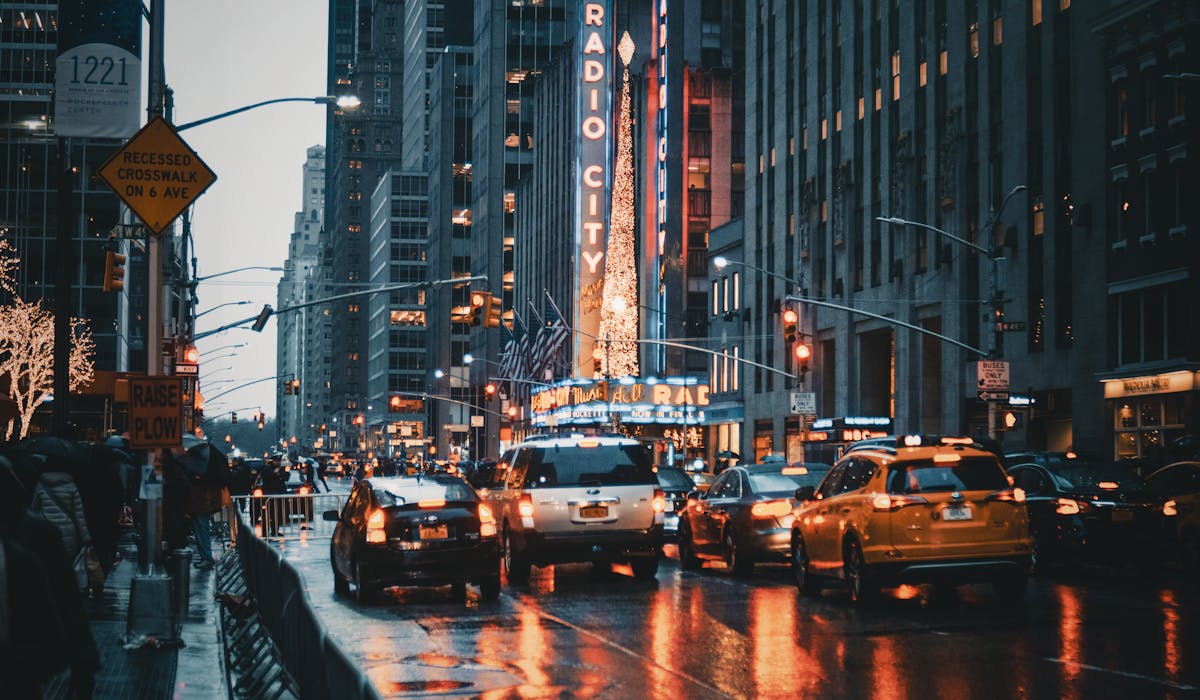Top Guidelines Of Framing Streets
Top Guidelines Of Framing Streets
Blog Article
Getting The Framing Streets To Work
Table of ContentsFraming Streets Can Be Fun For EveryoneAll about Framing StreetsThe Main Principles Of Framing Streets Not known Factual Statements About Framing Streets Indicators on Framing Streets You Should KnowFraming Streets Can Be Fun For Anyone
, normally with the goal of catching pictures at a definitive or emotional moment by careful framework and timing. https://www.pubpub.org/user/david-turley.
Subsequently his boots and legs were well specified, however he is without body or head, due to the fact that these remained in movement." Charles Ngre, waterseller Charles Ngre. https://www.pageorama.com/?p=framingstreets1 was the initial digital photographer to acquire the technical class required to register people in activity on the road in Paris in 1851. Photographer John Thomson, a Scotsman dealing with journalist and social protestor Adolphe Smith, released Street Life in London in twelve regular monthly installations beginning in February 1877
Framing Streets Things To Know Before You Buy
Eugene Atget is considered a progenitor, not due to the fact that he was the initial of his kind, yet as a result of the popularisation in the late 1920s of his record of Parisian streets by Berenice Abbott, that was inspired to take on a comparable documentation of New York City. [] As the city developed, Atget helped to advertise Parisian roads as a worthwhile topic for digital photography.

How Framing Streets can Save You Time, Stress, and Money.
Martin is the very first recorded professional photographer to do so in London with a disguised camera. Mass-Observation was a social study organisation established in 1937 which intended to record daily life in Britain and to record the reactions of the 'man-in-the-street' to King Edward VIII's abdication in 1936 to wed divorce Wallis Simpson, and the sequence of George VI. The principal Mass-Observationists were anthropologist Tom Harrisson in Bolton and poet Charles Madge in London, and their first report was generated as guide "May the Twelfth: Mass-Observation Day-Surveys 1937 by over two hundred viewers" [] Home window cleaner at Kottbusser Tor, Berlin, by Elsa Thiemann c. 1946 The post-war French Humanist School digital photographers located their subjects on the road or in the diner. Between 1946 and 1957 Le Groupe des XV every year showed job of this kind. Andre Kertesz. Circus, Budapest, 19 May 1920 Road digital photography created the major content of two exhibitions at the Gallery of Modern Art (Mo, MA) in New York curated by Edward Steichen, 5 French Professional Photographers: Brassai; Cartier-Bresson, Doisneau, Ronis, Izis in 1951 to 1952, and Post-war European Digital Photography in 1953, which exported the concept of road photography globally.

Framing Streets Can Be Fun For Anyone
The recording maker was 'a concealed video camera', a 35 mm Contax concealed below his layer, that was 'strapped to the upper body and linked to a lengthy cord strung down the appropriate sleeve'. His job had little contemporary impact as due to Evans' sensitivities concerning the originality of his job and the personal privacy of his subjects, it was not published until 1966, in the publication Numerous Are Called, with an intro composed by James Agee in 1940.
Helen Levitt, after that a teacher of young kids, linked with Evans in 193839. She documented the temporal chalk drawings - vivian maier that belonged to children's street society in New york city at the time, along with the kids who made them. In July 1939, Mo, MA's brand-new digital photography section included Levitt's operate in its inaugural exhibitionRobert Frank's 1958 publication,, was significant; raw and frequently read here indistinct, Frank's images questioned conventional photography of the time, "tested all the official guidelines set by Henri Cartier-Bresson and Walker Evans" and "flew in the face of the wholesome pictorialism and wholehearted photojournalism of American publications like LIFE and Time".
Report this page